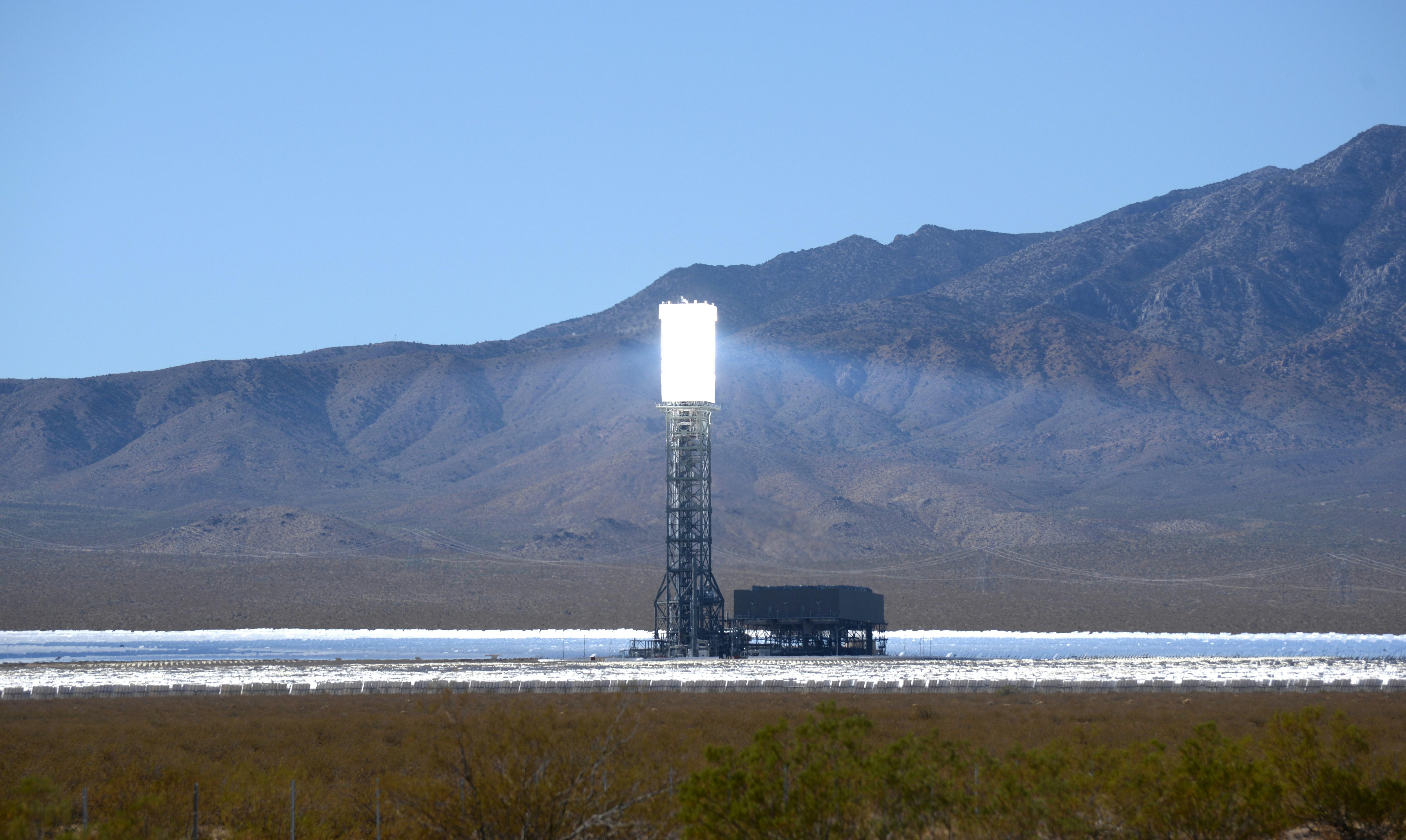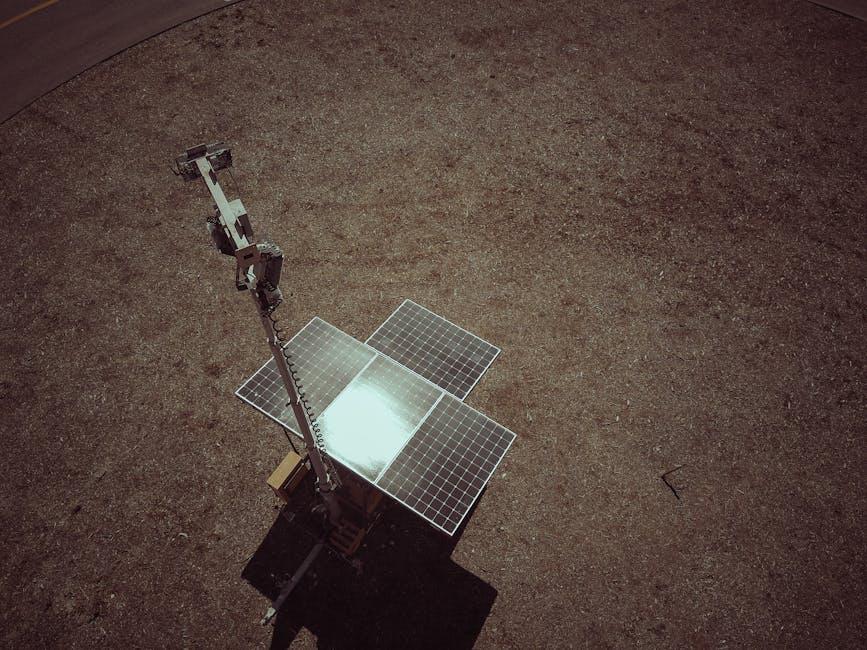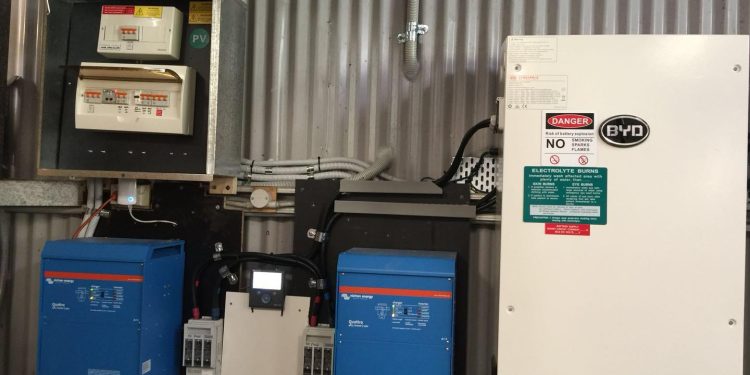In the quiet embrace of rural landscapes, where vast fields stretch to kiss the horizon and time seems to linger a little longer, a new question is beginning to stir amidst the serenity: Is solar installation too expensive for these idyllic areas? As the world pivots towards renewable energy, the sun-drenched expanses of the countryside offer untapped potential. Yet, the journey from sunlight to sustainable living is not without its obstacles. For rural communities, often marked by limited infrastructure and financial constraints, the promise of solar energy can feel as elusive as a mirage on a hot summer’s day. This article delves into the complexities of bringing solar power to rural areas, weighing the financial realities against the potential for a brighter, more sustainable future.
Evaluating the Financial Viability of Solar Power in Rural Communities
Assessing the economic feasibility of solar energy systems in rural locales involves several key factors that must be considered. Initial installation costs often appear prohibitive at first glance, but it’s essential to weigh these against long-term benefits and potential savings. Factors such as local incentives, government grants, and tax credits can significantly reduce upfront expenses. Additionally, community-driven initiatives can further mitigate costs, as pooling resources or implementing cooperative ownership models can spread financial responsibility across multiple stakeholders.
Beyond the monetary aspects, the non-financial benefits also play a crucial role in determining viability. For rural areas, where energy reliability can be inconsistent, solar power offers a stable and renewable alternative. This can lead to improved quality of life and economic development through enhanced productivity and reduced reliance on fossil fuels. Moreover, local job creation in the installation and maintenance of solar systems can stimulate economic growth. As these communities explore their options, it’s vital to consider the broader impact on sustainability and self-sufficiency, beyond mere cost analysis.
Understanding the Cost-Benefit Dynamics of Solar Installations
In rural areas, the upfront costs of solar installations can seem daunting, but a closer look at the cost-benefit dynamics reveals a more nuanced picture. Initial investments might be higher due to logistics and the necessity of customized solutions for off-grid setups. However, the long-term savings on energy bills and potential government incentives can offset these expenses significantly. Unlike urban regions, rural areas often benefit from more unobstructed sunlight, enhancing the efficiency and output of solar panels. This can lead to a quicker return on investment, sometimes within just a few years.
- Environmental Impact: Reduces reliance on fossil fuels, lowering carbon footprint.
- Energy Independence: Decreases dependence on external power sources, enhancing reliability.
- Economic Opportunities: Potential for job creation in installation and maintenance sectors.
- Scalability: Systems can be expanded as energy needs grow or technology improves.
For rural communities, solar power not only offers a path to sustainable energy but also fosters local empowerment and resilience. While the journey may start with high costs, the destination often promises economic and environmental rewards.

Innovative Financing Solutions to Make Solar Energy Accessible
Bridging the financial gap for rural communities eager to embrace solar energy often requires a blend of creativity and practicality. To make solar installations more affordable, innovative financing solutions are emerging as key enablers. These solutions include:
- Community Solar Projects: By pooling resources, communities can collectively invest in solar arrays, reducing the individual cost burden while maximizing shared benefits.
- Pay-As-You-Go Models: This flexible payment option allows households to pay for solar energy in small increments, aligning with their income flow and reducing the upfront cost barrier.
- Green Loans: Tailored specifically for renewable energy projects, these loans often come with lower interest rates and longer repayment terms, making them a viable option for rural residents.
Additionally, governments and non-profits are stepping in with subsidies and grants to further alleviate costs, ensuring that the path to solar adoption is not only sustainable but also equitable. By leveraging these financial tools, rural areas can harness the power of the sun, fostering energy independence and economic growth.

Leveraging Government Incentives to Reduce Solar Costs in Rural Areas
Harnessing government incentives can significantly ease the financial burden of solar installation in rural areas. Many governments offer a plethora of financial aids, such as tax credits, grants, and rebates, which can substantially lower the initial costs associated with solar energy systems. These incentives are designed not only to promote renewable energy adoption but also to stimulate economic growth in less urbanized regions. By capitalizing on these offerings, rural communities can unlock affordable energy solutions that were once considered a luxury.
Additionally, various rural-specific programs exist to bridge the gap between solar energy aspirations and financial feasibility. These include:
- Rural Energy for America Program (REAP) – providing grants and loan guarantees for renewable energy systems.
- State-specific solar incentives – many states have their own tailored programs offering financial benefits to rural homeowners.
- Net metering – allowing excess energy generated to be sold back to the grid, creating a potential revenue stream.
Engaging with local government offices or energy cooperatives can reveal a wealth of information on how to tap into these valuable resources, turning the vision of solar energy into a tangible reality for rural residents.
In Summary
As the sun sets on our exploration of solar installations in rural areas, it becomes clear that the path to harnessing solar power is as complex as the rural landscapes themselves. The financial barriers, while significant, are not insurmountable, thanks to evolving technologies and innovative funding models. While challenges remain, opportunities abound for those willing to navigate this terrain. Ultimately, the question of affordability is intertwined with broader discussions on energy independence, environmental stewardship, and community resilience. As rural areas continue to weigh the costs and benefits, the promise of solar energy remains a beacon of potential—a reminder that with creativity and collaboration, even the most daunting challenges can be transformed into opportunities for growth and sustainability.

































